Trump apparently caved on migrant family separation because of bad cable news coverage


On Wednesday, President Trump did something no politician likes to do: He at least tacitly admitted he was wrong and made a dramatic retreat. Just about everyone outside the White House urged him to stop separating families detained at the border under his "zero tolerance" policy — Republicans, Democrats, the pope, every living first lady (including the one currently living in the White House), pollsters — but none of that convinced him to cave and sign his executive order, reports Mike Allen at Axios. "TV was the tipping point."
"The president watches more cable news than most Americans," a "person who knows Trump's mind" told Axios. "So he experienced an overdose of the outrage and the media frenzy. None of the White House messaging seemed to be helping. So he decided, mostly on his own rather than at the urging of advisers, that some action was required to change the narrative." A source close to Trump added: "This was the biggest communications fail I've seen out of this White House, and that's really saying something. The president, senior staffers, Cabinet members, and outside surrogates all trumpeted different talking points."
In fact, according to The Washington Post's count, the Trump administration changed its story on family separation at least 14 times.
The Week
Escape your echo chamber. Get the facts behind the news, plus analysis from multiple perspectives.

Sign up for The Week's Free Newsletters
From our morning news briefing to a weekly Good News Newsletter, get the best of The Week delivered directly to your inbox.
From our morning news briefing to a weekly Good News Newsletter, get the best of The Week delivered directly to your inbox.
Clearly, Trump "acted because of political necessity, not a change of heart," writes Los Angeles Times political columnist George Skelton. "The heart-rending sound of children crying for their mothers and the disturbing sight of little kids confined in wire cages are more powerful than any president." All the talking points in the world couldn't put out that "wildfire of public revulsion," he said. So "Trump finally did the right thing and stopped tormenting little kids. At least for now. We don't know what he'll do next, but hopefully there'll be sound and video."
A free daily email with the biggest news stories of the day – and the best features from TheWeek.com
Peter has worked as a news and culture writer and editor at The Week since the site's launch in 2008. He covers politics, world affairs, religion and cultural currents. His journalism career began as a copy editor at a financial newswire and has included editorial positions at The New York Times Magazine, Facts on File, and Oregon State University.
-
 Political cartoons for January 4
Political cartoons for January 4Cartoons Sunday's political cartoons include a resolution to learn a new language, and new names in Hades and on battleships
-
 The ultimate films of 2025 by genre
The ultimate films of 2025 by genreThe Week Recommends From comedies to thrillers, documentaries to animations, 2025 featured some unforgettable film moments
-
 Political cartoons for January 3
Political cartoons for January 3Cartoons Saturday's political cartoons include citizen journalists, self-reflective AI, and Donald Trump's transparency
-
 Bari Weiss’ ‘60 Minutes’ scandal is about more than one report
Bari Weiss’ ‘60 Minutes’ scandal is about more than one reportIN THE SPOTLIGHT By blocking an approved segment on a controversial prison holding US deportees in El Salvador, the editor-in-chief of CBS News has become the main story
-
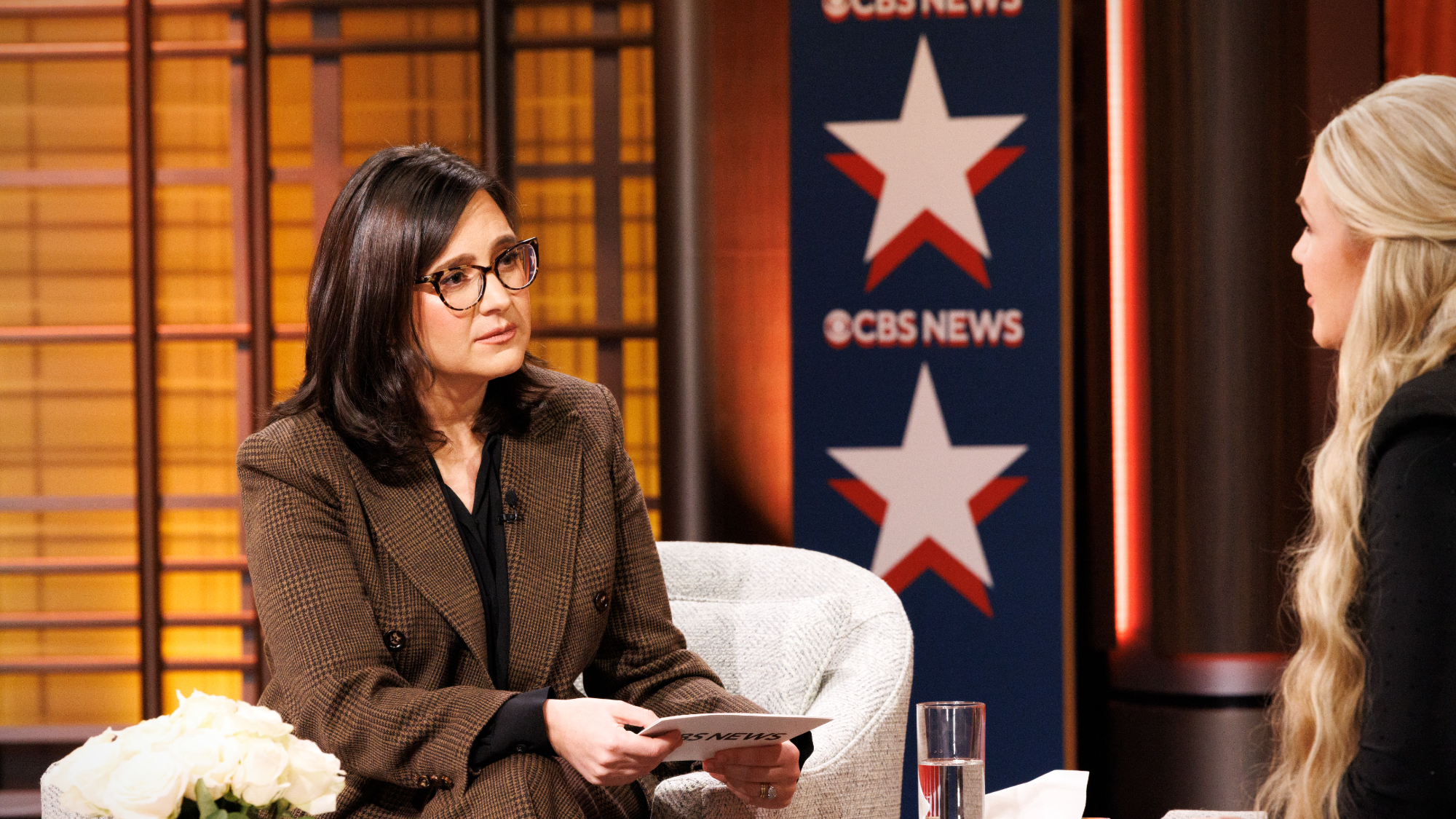 CBS pulls ‘60 Minutes’ report on Trump deportees
CBS pulls ‘60 Minutes’ report on Trump deporteesSpeed Read An investigation into the deportations of Venezuelan migrants to El Salvador’s notorious prison was scrapped
-
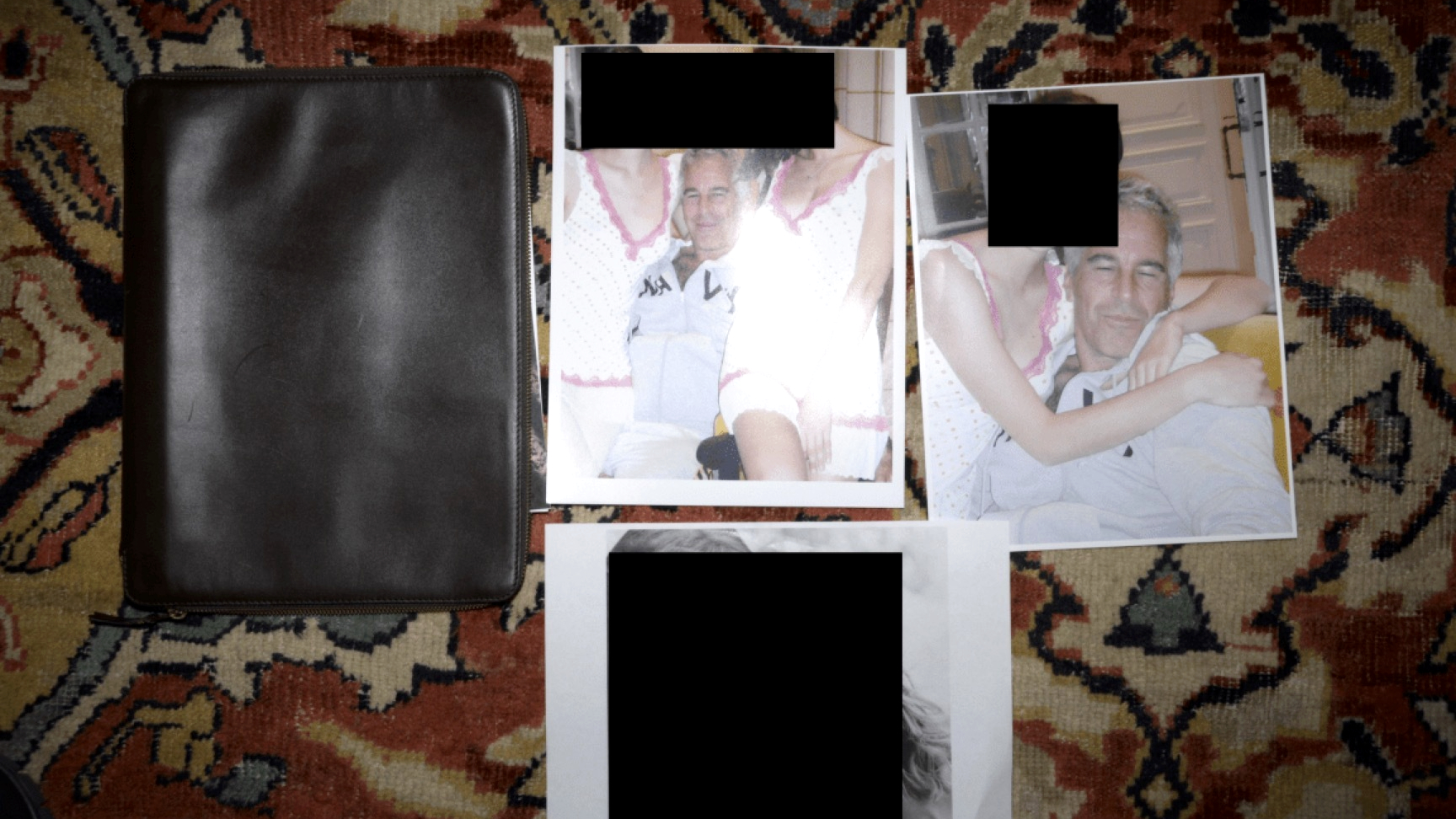 Trump administration posts sliver of Epstein files
Trump administration posts sliver of Epstein filesSpeed Read Many of the Justice Department documents were heavily redacted, though new photos of both Donald Trump and Bill Clinton emerged
-
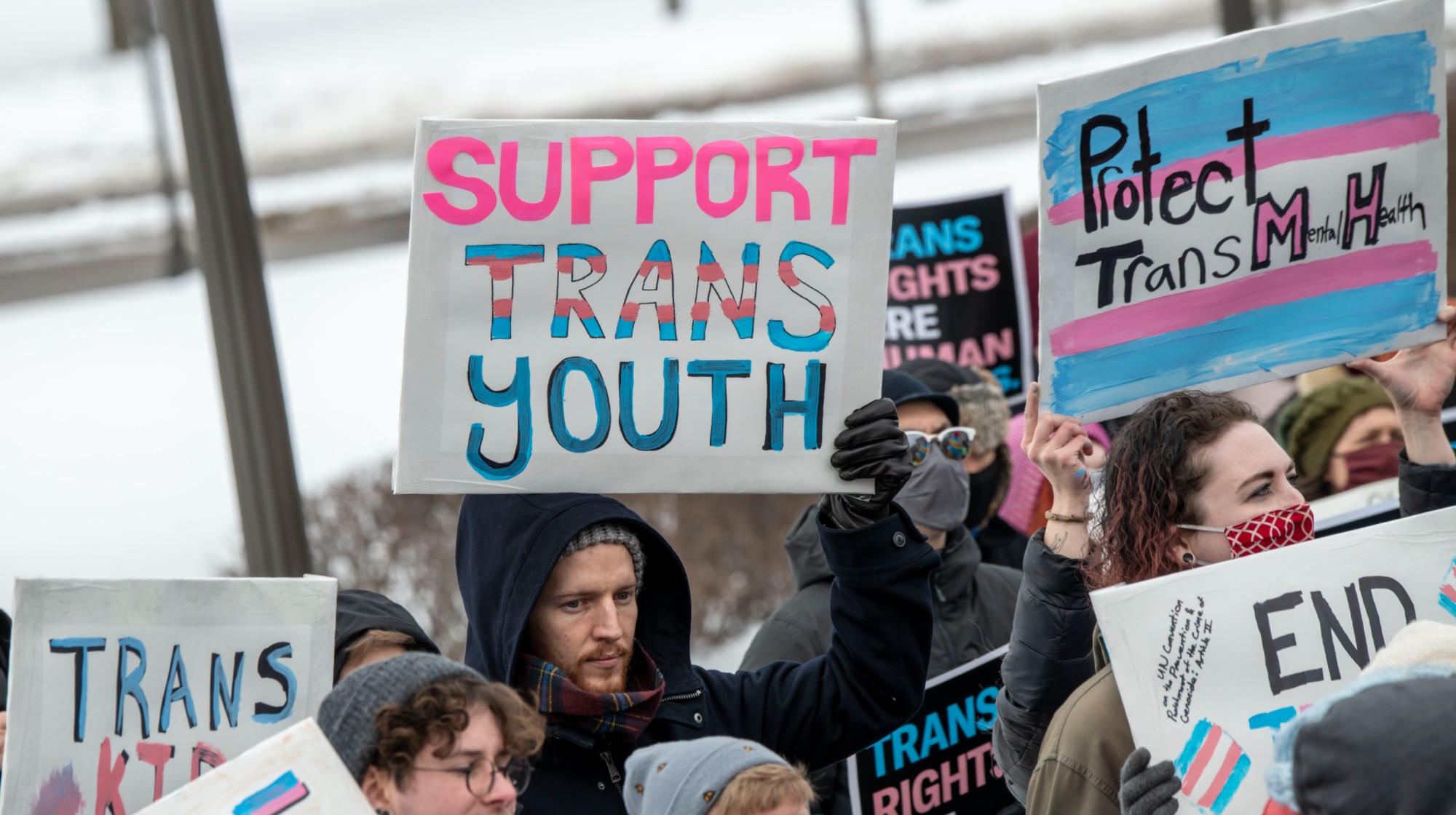 Trump HHS moves to end care for trans youth
Trump HHS moves to end care for trans youthSpeed Read The administration is making sweeping proposals that would eliminate gender-affirming care for Americans under age 18
-
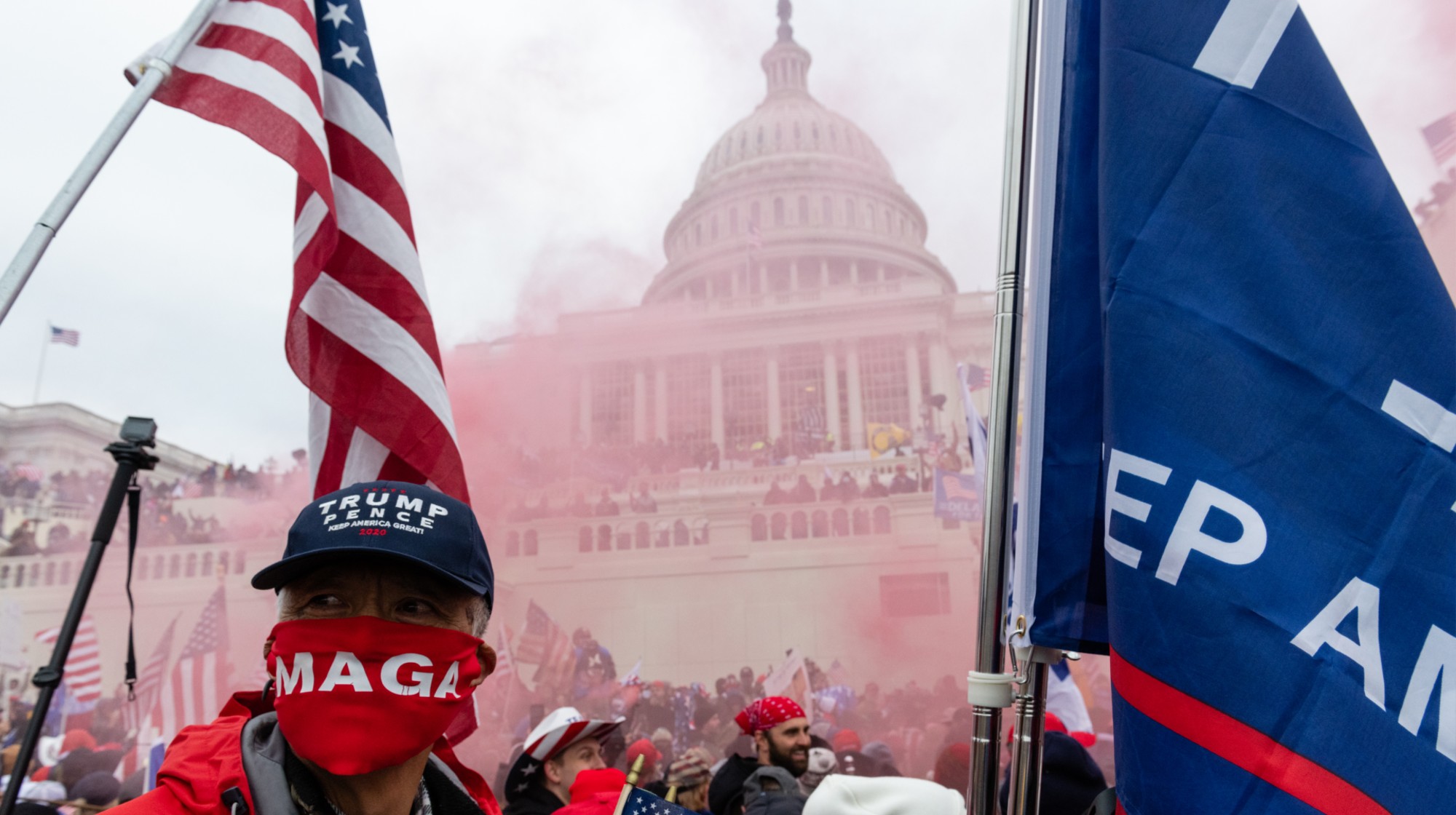 Jack Smith tells House of ‘proof’ of Trump’s crimes
Jack Smith tells House of ‘proof’ of Trump’s crimesSpeed Read President Donald Trump ‘engaged in a criminal scheme to overturn the results of the 2020 presidential election,’ hoarded classified documents and ‘repeatedly tried to obstruct justice’
-
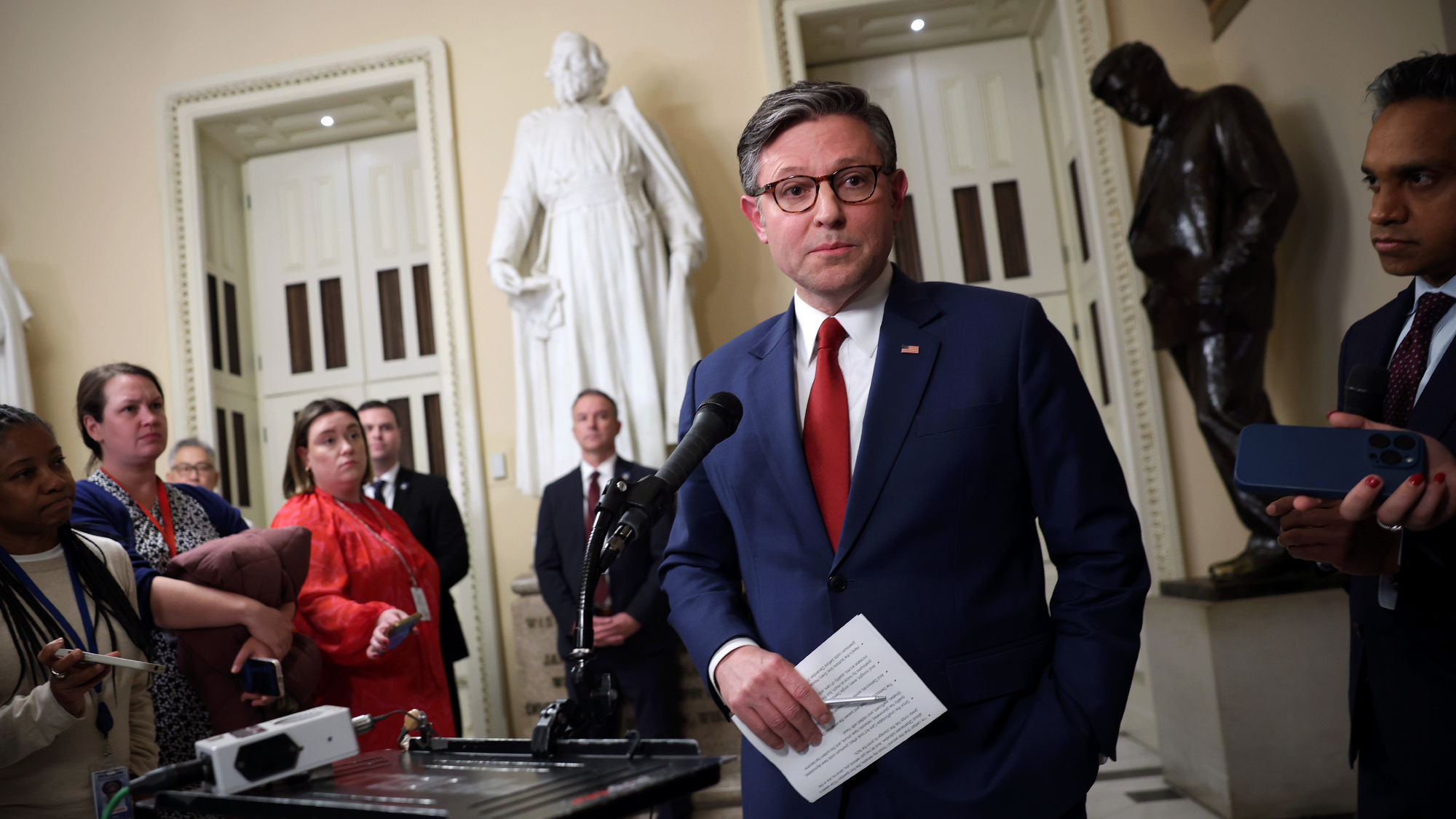 House GOP revolt forces vote on ACA subsidies
House GOP revolt forces vote on ACA subsidiesSpeed Read The new health care bill would lower some costs but not extend expiring Affordable Care Act subsidies
-
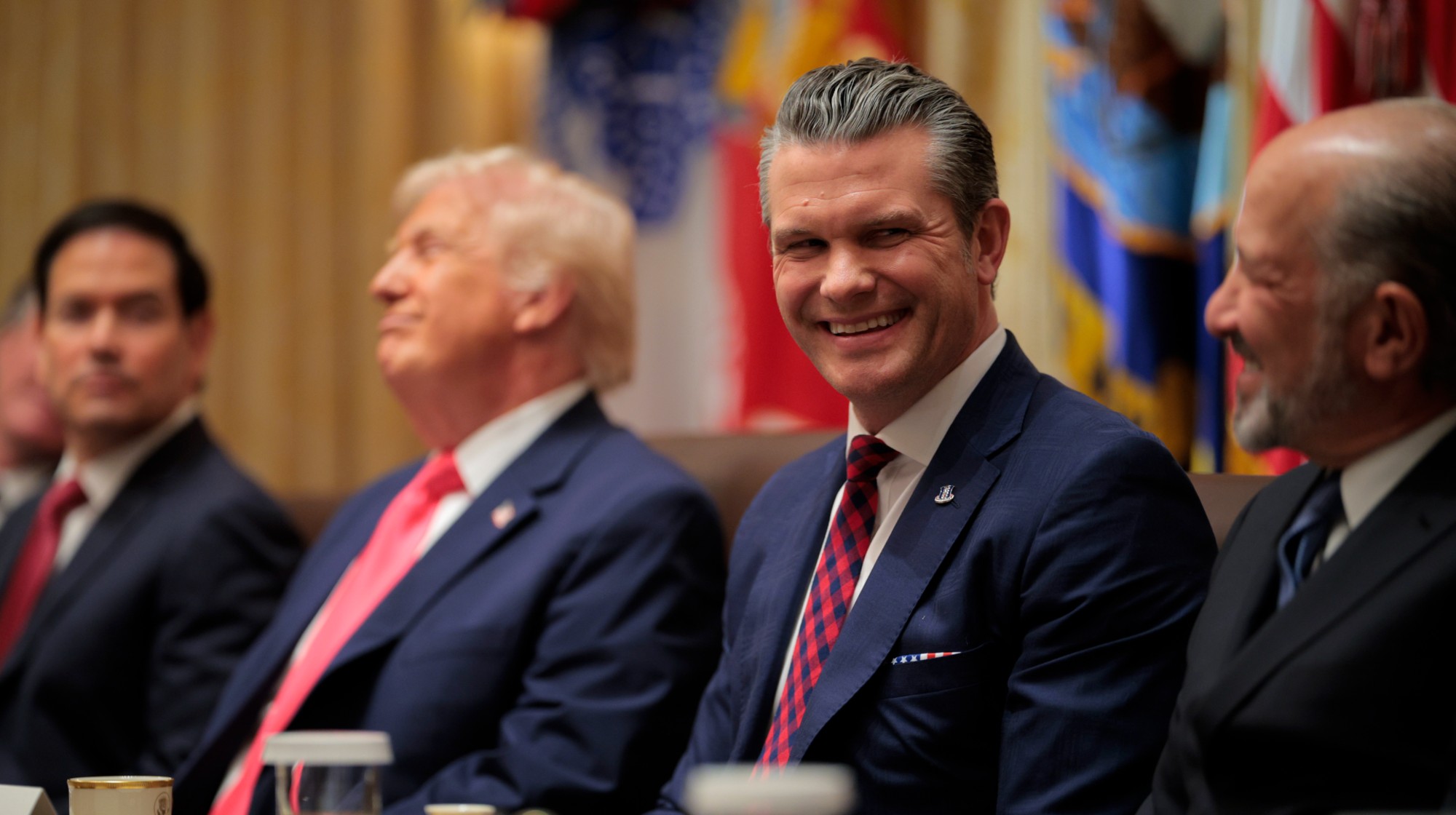 Hegseth rejects release of full boat strike footage
Hegseth rejects release of full boat strike footageSpeed Read There are calls to release video of the military killing two survivors of a Sept. 2 missile strike on an alleged drug trafficking boat
-
 Trump vows naval blockade of most Venezuelan oil
Trump vows naval blockade of most Venezuelan oilSpeed Read The announcement further escalates pressure on President Nicolás Maduro
